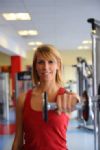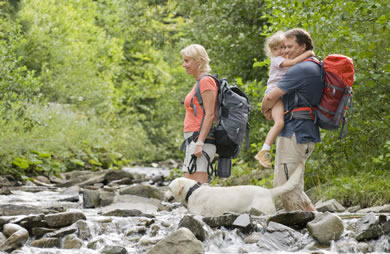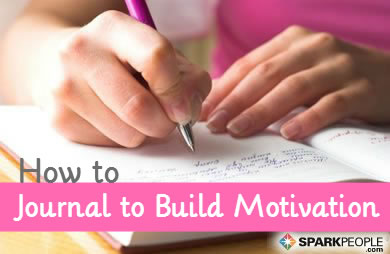|
Is rowing the new spinning? Although indoor rowing has been around for centuries, its popularity has been gaining speed in recent years. Those seeking a low-impact, high-intensity cardio activity—or a cross-training workout for running, swimming or CrossFit—are flocking to gyms and specialty studios to row, row, row their way to a fitter physique. What makes rowing a strong contender to other aerobic exercises? According to instructor Ann Weixel, owner of Ride & Workout, this power endurance activity is an efficient calorie burner. "Not only do you recruit 84 percent of your muscle mass, your cardio-respiratory system also works hard," she says. As a bonus, unlike indoor cycling, Weixel points out that you can't "hide" on a rower—you have to push, hinge and pull every stroke and truly give it your all. Although it's often assumed to be an upper-body activity, rowing is powered primarily by the lower body, as the quadriceps, hamstrings, glutes and calves work together to complete each stroke. Meanwhile, the abdominal and lower back muscles work to stabilize and support while your mid- and upper-back muscles aid in pulling. "If you don't utilize your back muscles properly, your arms and shoulders will fatigue very quickly," warns Weixel. Many also love the mental stimulation the sport provides. "Rowing isn't mindless—you have to think about technique with each stroke to maintain efficiency," says Kristen McAuliffe, certified WaterRower instructor at It's Working Out. "This really helps the class fly by—there is no mind wandering or clock watching." As an added bonus, the classes foster a sense of healthy competition and camaraderie, as the two "teams" encourage one another during challenges.  |
Popular Entries
More From SparkPeople
|


.jpg)




.jpg)











.jpg)

